See Altera discussion forum thread Error (10819). You're trying to use a dual data rate storage element to delay a signal by a half the clock period, besides how it would be useful not being apparent from your question DDR is only supported in I/O (google Altera dual data rate).
And as Brian notes you're simply making an inverted copy of a on b.
In detecting a transition on a where a is generated by clock clk you can generate a '1' on b every time there is a transition by:
process (clk)
begin
if rising_edge(clk) then
last_a <= a;
end if;
end process;
b <= a xor last_a;
Where if the current value of a doesn't match the value of last_a the XOR product is '1', and where they match the product is '0'.
b could then be used as an enable for the next clock clk edge.
This is a variation on a synchronous edge detector using XOR instead of AND to detect both transitions.
Modeling this:
library ieee;
use ieee.std_logic_1164.all;
entity edge_detector is
end entity;
architecture foo of edge_detector is
signal a, b, a_last: std_logic;
signal clk: std_logic := '0';
begin
last_ff:
process (clk)
begin
if rising_edge(clk) then
a_last <= a;
end if;
end process;
b <= a xor a_last;
CLOCK:
process
begin
wait for 5 ns;
clk <= not clk;
if NOW > 200 ns then
wait;
end if;
end process;
STIMULUS:
process
begin
a <= '1';
wait for 40 ns;
a <= '0';
wait for 50 ns;
a <= '1';
wait for 60 ns;
a <= '0';
wait;
end process;
end architecture;
Shows:
 (clickable)
(clickable)
Note the width of b is proportional to the clk -> a which is set by this simple simulation as half the clock period.
Also note that if a transitions on sucessive clk edges b will remain high, b really wants to be used as an enable.
